We Don’t Know What Our Faces Are Doing
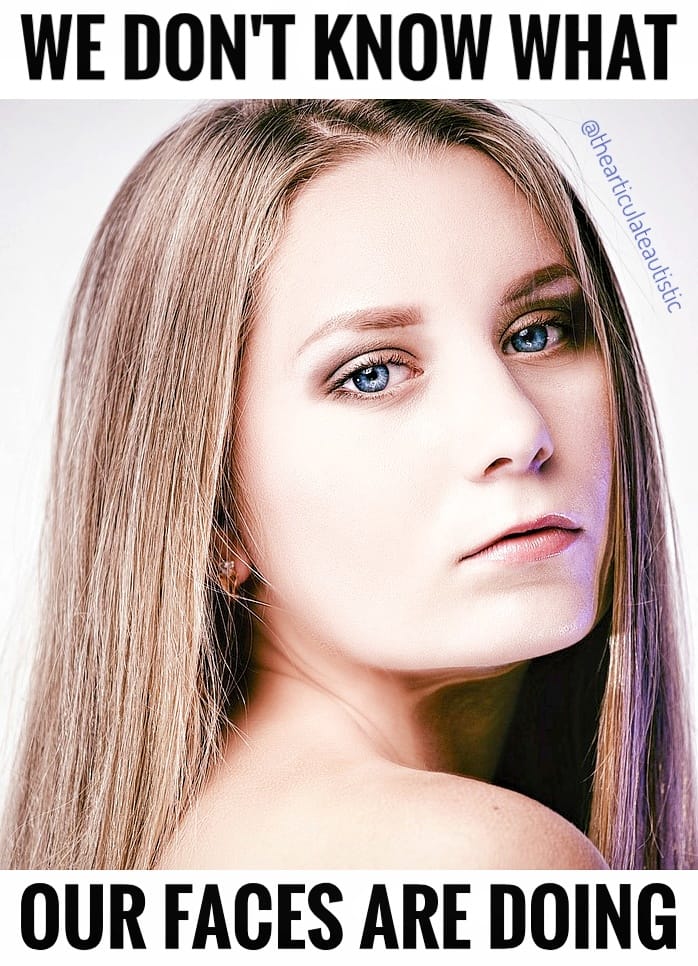
The “blank” or impassive facial expression is practically a hallmark for autistic people.
Unfortunately, it is also one of the most misunderstood aspects of those on the spectrum.
Many neurotypical people view an expressionless face as a dangerous one. If they can’t read the facial expressions on someone near them, then they won’t be able to figure out what they are thinking, feeling, or planning, which, from an evolutionary and survival perspective, makes sense.
However, most autistic people not only have a very neutral or even what might be mistaken for an angry facial expression when they are not engaging in social activity…we also AREN’T AWARE OF THIS FACT until someone explicitly tells us we don’t make facial expressions!
Mind = blown? Yep.
(Article continues below.)
The best way to improve communication with your autistic loved one is to understand how your autistic loved one’s mind works! Intentions, motivations, and personal expressions (facial expressions or lack thereof, body language, etc.), are often quite different in autistic people than they are in neurotypical people.
Experience a better understanding of your autistic loved one by reading books about life from an autistic perspective as well as stories that feature autistic characters. You’ll have so many “Ah ha!” moments and start seeing your autistic loved one in a different light (and you’ll have a better understanding of their behaviors, which you may have been misinterpreting up until now).
Books I recommend for a better understanding of your autistic loved one:
But, this is just one of the things I have been starting to refer to as “Autism 101”. Meaning, in my opinion, this is a piece of basic knowledge about autistic people that anyone who knows a neurodiverse person must absolutely have in their back pocket if they are to hope to have any type of successful social interaction with us.
In other words, this is absolutely critical information, and hardly anybody knows it!
I had absolutely no idea, not a clue in this world, that my facial features were basically completely slack (unless I was having a meltdown) during nearly the entirety of my childhood until my aunt pointed it out when I was in my 30s!!
(My aunt is featured a lot in these blog posts. She saved my life, I swear, and I’d pick up all the dog poop in the world for her. 😉)
Anyway…
I think I learned how to force facial expressions as a part of masking, but I still wasn’t completely aware that I didn’t make them naturally. I just copied what other people were doing because it seemed to get a positive response while not doing it seemed to get a negative one.
This isn’t to say that every autistic person on the planet has this issue, but I’m willing to bet it’s the large majority.
If we don’t even know what our faces are doing (looking angry, sad, spaced out, etc.), we will have absolutely no understanding of how we can be just sitting there, minding our own business, and actually make someone uncomfortable enough to walk up to us and ask us what our “problem” is, and scare us HALF TO DEATH in the process!
– Jaime A. Heidel
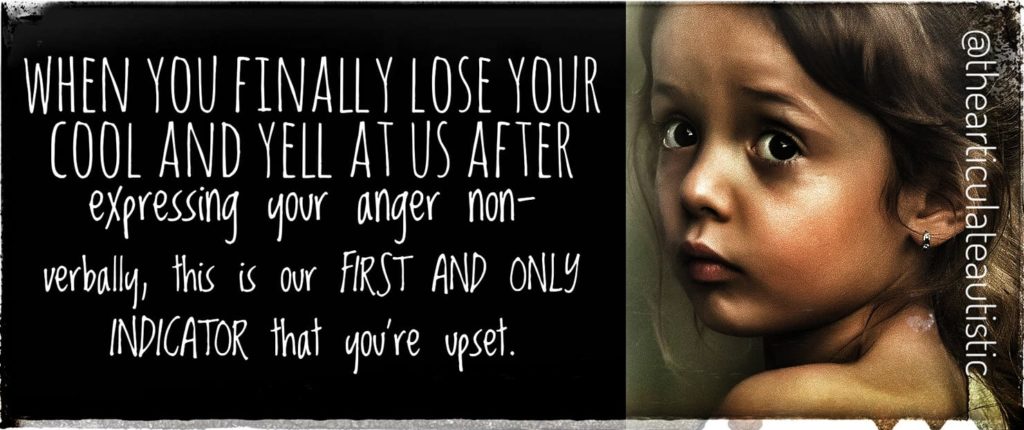
Imagine having to police your own face (once you become aware of how it’s affecting others) every single second of the day so you are not misunderstood, attacked, or outright abused when you haven’t even uttered a word?
It is EXHAUSTING but absolutely necessary for our survival.
Follow me on Instagram.
Want downloadable, PDF-format copies of these blog posts to print and use with your loved ones or small class? Click here to become a Patreon supporter!
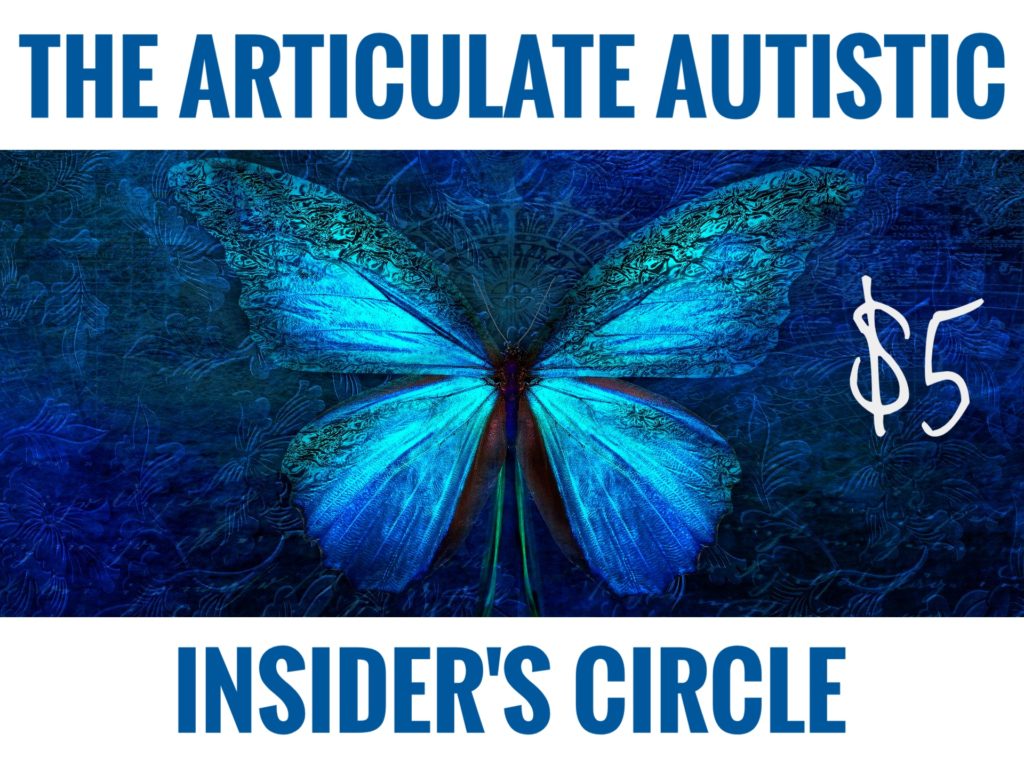

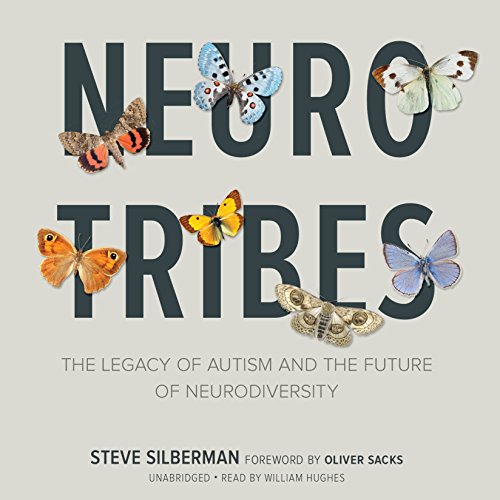
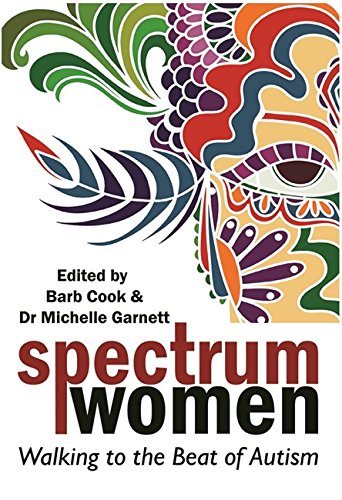
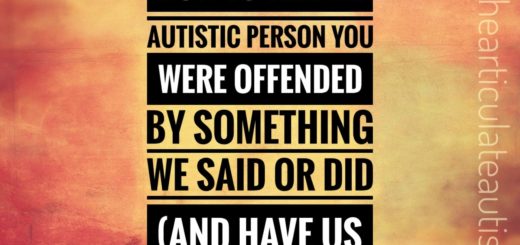
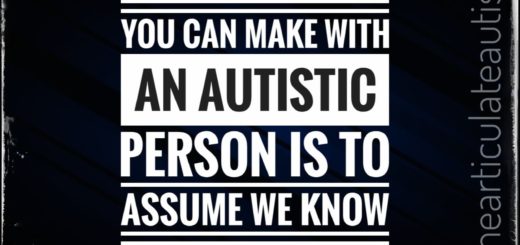


This is precisely why I don’t like going outside! I get all sorts of reactions to my face, whether I’m masking or flat affect.